Product Description
Naltrexone is a prescription medication primarily used as a supportive therapy following the discontinuation of opioid analgesics, playing a vital role in the long-term treatment of opioid and alcohol dependence. It works by competitively binding to opioid receptors in the brain, particularly the mu and kappa subtypes, effectively blocking or displacing opioid agonists. This mechanism helps prevent the euphoric and sedative effects of opioids, significantly reducing cravings and the risk of relapse. Naltrexone is not intended to manage acute withdrawal but is used to maintain abstinence and support recovery after detoxification.
Safety Information
Mode of Application
Naltrexone is administered orally, with the standard dose for alcohol dependence being 50 mg once daily for a period of 12 weeks. For opioid addiction, therapy should begin only after a confirmed 7 to 10-day opioid-free period, verified by urinalysis and a negative response to a provocative test. The initial dose is typically 25 mg, followed by careful observation for one hour. If no signs of withdrawal appear, the remaining dose is administered, and the patient can continue with 50 mg per day moving forward. This cautious approach helps prevent sudden withdrawal symptoms and ensures safe initiation of therapy.
Contraindications
Naltrexone should not be used in individuals with known hypersensitivity to the drug, or in those currently experiencing opioid withdrawal. It is contraindicated in patients who test positive for opioids in the urine, as well as in those with acute hepatitis or severe hepatic insufficiency. Proper screening and liver function monitoring are essential before starting treatment to minimize potential risks.
Side Effects
Side effects from Naltrexone can vary in severity and frequency, affecting multiple body systems. Neurological reactions may include headache, dizziness, insomnia, anxiety, restlessness, fatigue, and in rare cases, hallucinations or confusion. Some individuals may also report blurred vision, photophobia, or ringing in the ears. Cardiovascular effects such as chest pain, high blood pressure, palpitations, and nonspecific ECG changes have been noted.
Respiratory symptoms may include nasal congestion, cough, sneezing, hoarseness, or shortness of breath. Gastrointestinal disturbances like nausea, vomiting, abdominal discomfort, diarrhea, constipation, appetite changes, and increased liver enzymes are also possible. Musculoskeletal complaints such as joint pain, back pain, muscle stiffness or twitching, and spasms may occur during treatment.
In the genitourinary system, patients may experience increased urination, urinary discomfort, or mild edema, along with potential sexual dysfunction in men. Allergic reactions can manifest as skin rash, itching, redness, or flushing, particularly on the face. While most side effects are manageable, any severe or persistent symptoms should be reported to a healthcare provider immediately for evaluation and possible dosage adjustment.

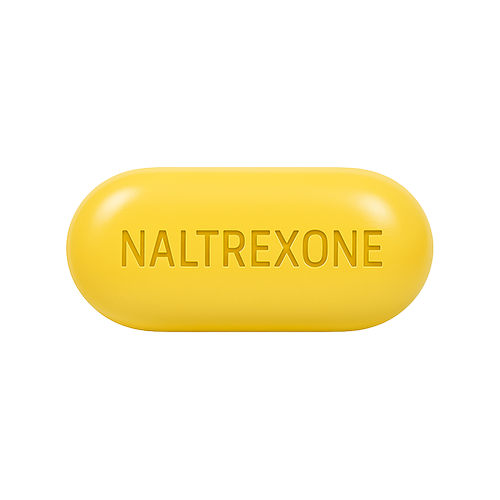
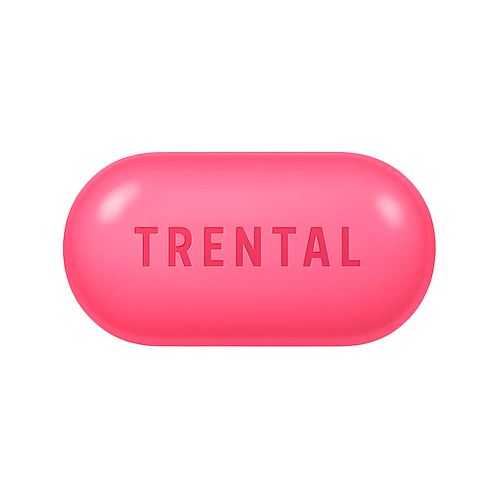

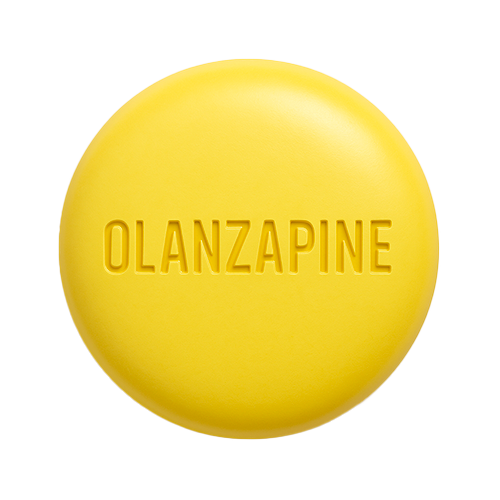
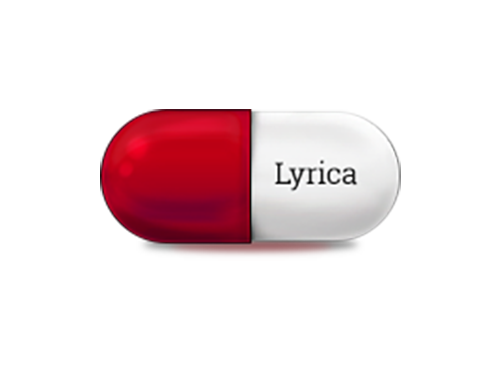



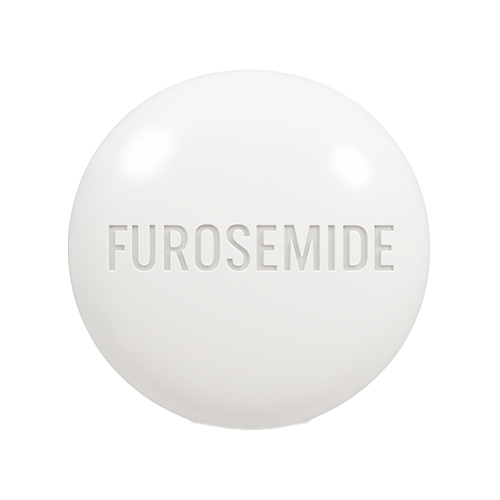
Reviews
There are no reviews yet.